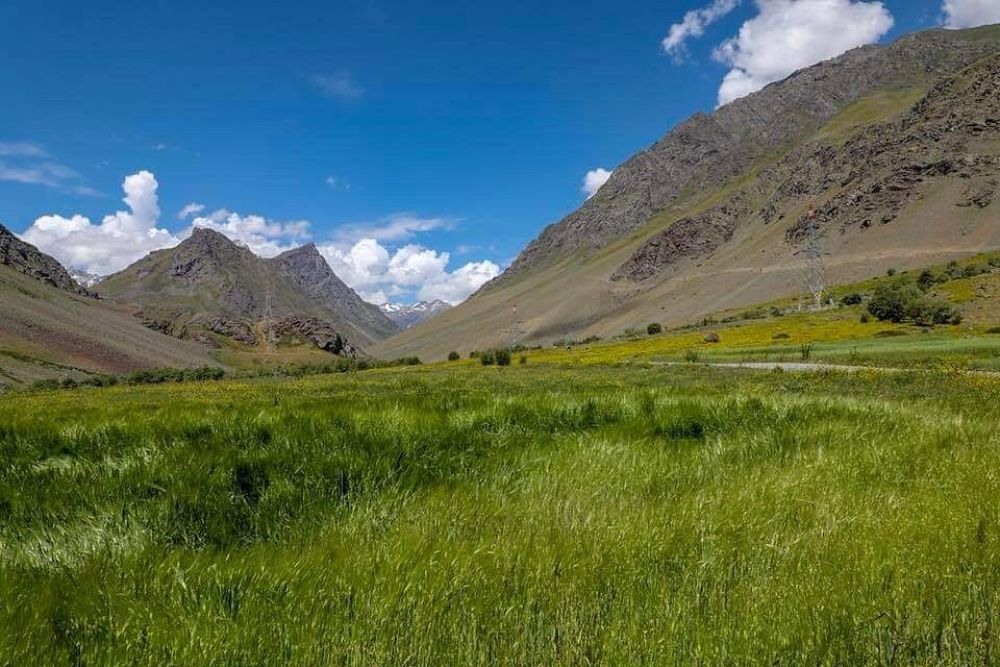

Nestled within the rugged landscapes of Ladakh, Mushkoh Valley is a serene and unspoiled region located in the Drass sector. Known for its stark beauty and strategic significance, the valley is surrounded by towering mountains and offers breathtaking views. Drass, often referred to as 'The Gateway to Ladakh,' is the second coldest inhabited place in the world and serves as a base for expeditions to Mushkoh Valley.
Tourism in Mushkoh Valley is a relatively recent development compared to other destinations in Ladakh. Historically, the valley gained international attention during the Kargil War in 1999. It served as a significant battleground, and since the end of the war, there has been a steady growth in patriotic tourism, with visitors coming to pay homage to the soldiers who fought bravely in the region.
The local authorities have gradually opened up areas around Drass for tourism, striking a balance between ecological preservation and visitor access. The picturesque landscapes, coupled with the interest in the historical significance of the region, have garnered increasing numbers of adventure enthusiasts, trekkers, and history buffs.
In recent years, there has been a rising trend in ecotourism and sustainable travel practices in Ladakh. Tourists are more conscious of their environmental footprint and are attracted to unexplored and untouched natural spots such as Mushkoh Valley. Resources are invested in creating sustainable infrastructure to support eco-friendly tourism while preserving the unique ecology of the high-altitude desert terrain.
Another trend is the increase in biker expeditions across the Ladakh region, with Mushkoh Valley becoming a sought-after destination for motorcycle enthusiasts. The rugged terrain and challenging roads offer a thrilling experience and the joy of traversing some of the highest motorable paths in the world.
Furthermore, there is a growing interest in cultural tourism, where visitors engage with local communities, experience traditional Ladakhi life, and learn about the region through homestays and cultural exchange programs.
For those planning a trip to Mushkoh Valley, it is critical to be well-prepared for the high altitude and extreme weather conditions. Acclimatization is important to avoid altitude sickness, and visitors are advised to carry essential winter gear and supplies. It's also recommended to hire local guides who are well-versed with the terrain and can provide insightful historical context to the expeditions.
Tourism in the region remains regulated to protect the delicate ecosystem and maintain national security, given its proximity to the Line of Control. Permits are required for certain areas, and visitors must adhere to the guidelines issued by the local administration.
The Mushkoh Valley is a testament to the pristine beauty and resilient spirit of Ladakh. As tourism evolves, incorporating new trends and sustainable practices, visitors have a unique opportunity to witness the unparalleled charm of Drass and the mesmerizing Mushkoh Valley. While it offers a solemn reminder of past conflicts, it also stands as a beacon of peace and natural splendor, welcoming the intrepid travelers who seek to explore its depths.